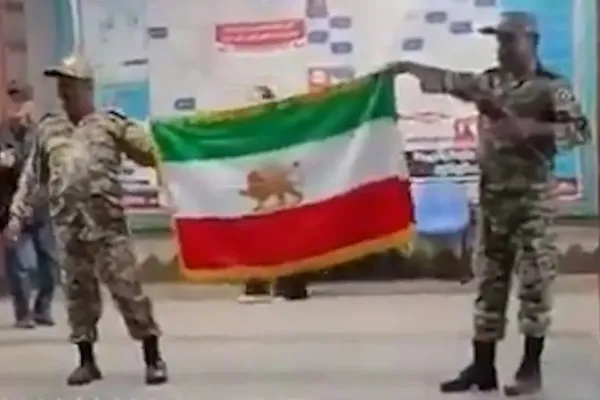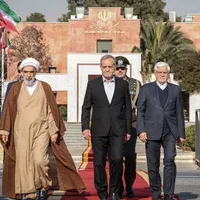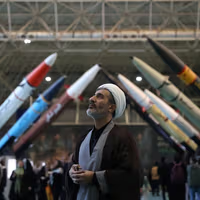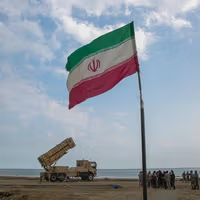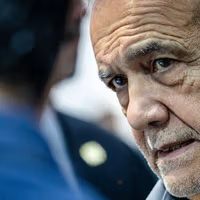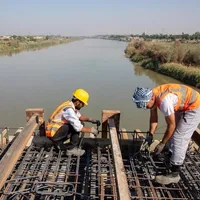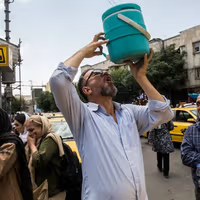Nearly 40 million Iranians now live below the relative poverty line, according to labor officials, including seven million in absolute poverty—people who would still face malnutrition even if they spent all their income on food.
Bread provides more than 40% of daily calories for low-income families, yet prices of bread and cereals, set by the government, have almost doubled in a year.
Meanwhile, the real dollar value of workers’ wages has collapsed from about $500 in 2015 to less than $160 today.
“The gap between the rich and the poor is now so wide that the middle class is effectively disappearing,” economist Ali Ghanbari told moderate outlet Fararu.
‘National crisis’
Faramarz Toufighi of the Labour Councils told ILNA that real food inflation surpassed 90% in October, warning that the minimum wage covers “not even one-third of workers’ basic living costs.”
The business site Eghtesad24 highlighted the figure and amplified the alarm, writing that a misstep in setting next year’s wages could trigger “a national crisis.”
Economist Hossein Raghfar told Etemad that even the most optimistic wage proposals—up to a 35% rise—will do nothing to restore purchasing power.
“For more than three decades, wage hikes have lagged behind inflation,” he said. “Workers and public employees are effectively subsidizing the state by earning less than the cost of living.”
Raghfar criticised the government for claiming it lacks funds for higher wages while “injecting vast sums into the stock market, spending foreign currency reserves on luxury imports, and sparing large corporations from fair taxes.”
‘Fighting for survival’
The financial daily Eghtesad News warned that the official poverty line “has become a political slogan,” noting that people judge reality by supermarket prices, rent, and school fees—not by government claims.
Labour expert Hamid Haj-Esmaeili told the paper that the average wage is roughly 170 million rials (about $155), while the average household now needs at least three times that to get by.
Ali Dehghan-Kia, head of the Tehran Retired Workers’ Association, told Etemad that the wage–inflation gap has stripped families of purchasing power.
Retirees, he said, face “a survival crisis” in food, housing and healthcare. “If this continues, the social consequences will be severe.”
Chronic corruption
Raghfar has long warned of what he calls the “São Paulo-ization” of Iran’s economy—extreme wealth concentrated in a small elite while the majority sink deeper into poverty. He told Khabar Online this week that rising poverty is inseparable from corruption in the banking sector.
The collapse of Ayandeh Bank, absorbed into a state entity after going insolvent, is “just the beginning,” he said, predicting similar outcomes for other private banks.
Britain sanctioned Ayandeh’s owner, Ali Ansari, in October for allegedly financing the Revolutionary Guards. Foreign media estimate his London property holdings at about the same value as Iran’s entire annual anti-poverty budget—roughly $180 million.
“What makes this case more than personal … is the staggering contrast between a banker’s frozen wealth in London and the structural poverty inside Iran,” the labour news agency IONA wrote in an editorial.
“When a nation’s anti-poverty budget equals one man’s assets, the real question is no longer ‘where the money came from’ but ‘what kind of system made this possible.’”

